The National Museum and Archaeological Institute of Bulgaria (abbreviated as NAIM-BAS), formerly the National Museum, was founded on January 1, 1893, and the Bulgarian Institute of Archeology was established on the basis of the Conference. Bulgarian archeology in 1920. By decision of the Executive Board of BAS, on 3 November 1948, the National Museum of Bulgaria merged with the Institute of Archeology under the joint name of National Institute of Archeology and Museum. Bulgarian country. The NAIM-BAS was officially opened and inaugurated in 1905, after which all the archaeological artifacts previously kept throughout the city were moved here.
The mosque has housed the Museum since its founding in 1892 and according to official documents, the condition of the church at that time was not suitable for converting into a museum because there was no fence around the house. mosque, moisture in the building will damage the national antiquities of Bulgaria, the gallery is too narrow, gloomy. After that, a work on the restoration of the church as well as the construction of new wings on the east and south sides began. However, the construction took until 2003-2005 to be completed due to the lack of cost, the heavy devastation of the wars on the museum and the arrangement of places to store the artifacts. Things in the time of repair also take a lot of time.
NAIM-BAS has five exhibition areas managed by the Bulgarian Academy of Sciences named: Central, Prehistoric, Medieval, Treasure and Temporary Exhibition Area.
To be able to get a close but overview of the past through the items on display, visitors should tour in order from north to east and then from bottom to top.
To the north of the building is the Prehistoric area and at the same time an open space that explains the curiosities and questions about the lives of the people who laid the foundation for human civilization through a collection of items dating back to the times. from 1,600,000 BC to 1,600 BC are presented in chronological order. Artifacts found from various caves around Bulgaria including tools, pottery, ceremonial utensils, etc. are displayed here.
The central area located on the first floor of the main building houses a diverse collection of precious antiquities from the Greek and Roman times to the late Middle Ages found from various parts of Bulgaria.
The east side of the building houses the most precious items from the late Bronze Age to the late antiquity. Among them, two of the most valuable Bulgarian treasures, Valchitran and Lukovit Treasures, are one of the important discoveries for Bulgarian archeology. Valchitran treasures believed to date from 1300 BC to the time of the Thracians were found in a vineyard near the village of Valchitran 22km southeast of Pleven, Bulgaria. When found, the treasure consisted of 13 barrels, weighing 12.5kg, including some items used in the meal such as dishes, cups, ... and all were made of yellow metal with a natural mixture including composed of 9.7% silver. The Lukovit treasure found near the town of Lukovit in northwestern Bulgaria contains objects made of silver, some gilded and all richly decorated with ornaments and depictions of other animals. together. The Lukovit treasure is thought to date back to the 4th century BC and was made by various craftsmen and in order to preserve the treasure to this day, it has probably been buried quite a few times in history. .
Stepping up to the 2nd floor is the Medieval Area where visitors can learn about the lifestyle and culture of the Middle Ages through autographs, items used by the ancients have been found and displayed such as furniture, drawings. , metal objects, etc. Temporary exhibitions organized by individual themes are also held on the 2nd floor inside the large hall.
In addition to the preservation and display of artifacts, NAIM-BAS also regularly organizes searches, archaeological excavations, field observations, etc. to serve the research. Training graduate students in the field of archeology through a doctoral program is one of the main goals of the Institute of Archeology's educational activities. A special focus of the museum's work in recent years is its outreach to students and preschool children through annual programs called "School in the Museum" or "Season in the Museum". summer in the museum".
Website : www.naim.bg
Phone : +359 2 988 24 06
Hours of Operation :
10:00 - 18:00 weekdays
Last admission 30 minutes before closing time
- Winter (November to April)
10:00 - 17:00 from Tuesday - Sunday
Last admission 30 minutes before closing time
Ticket price :
Adult: 10 lv
Student: 2 lv
 Register
RegisterSign in Travel Agent
Sign in Supplier
Sign in Affiliate
Sign in Guru

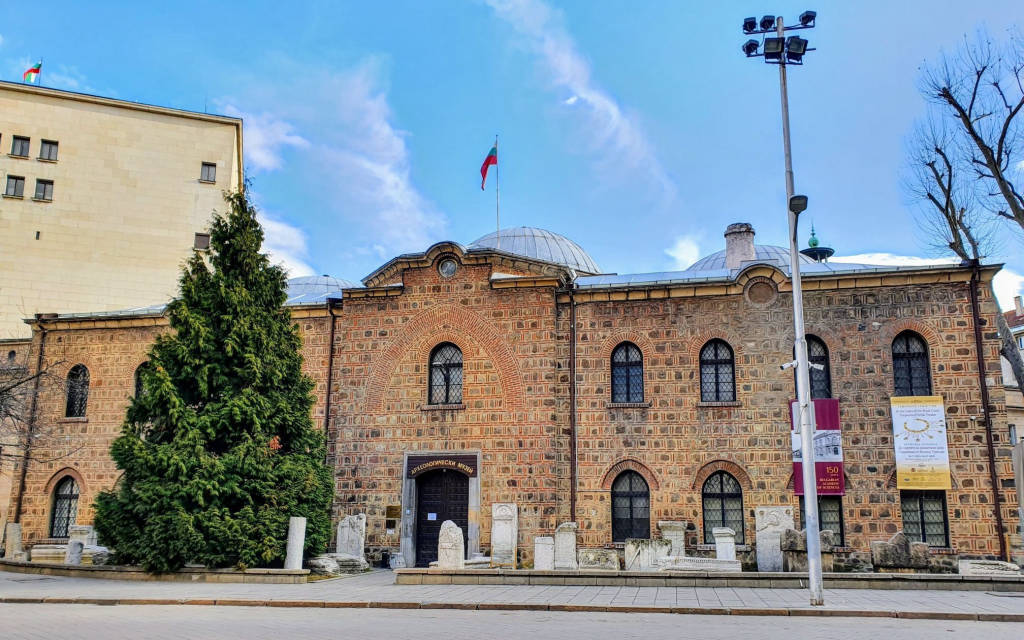
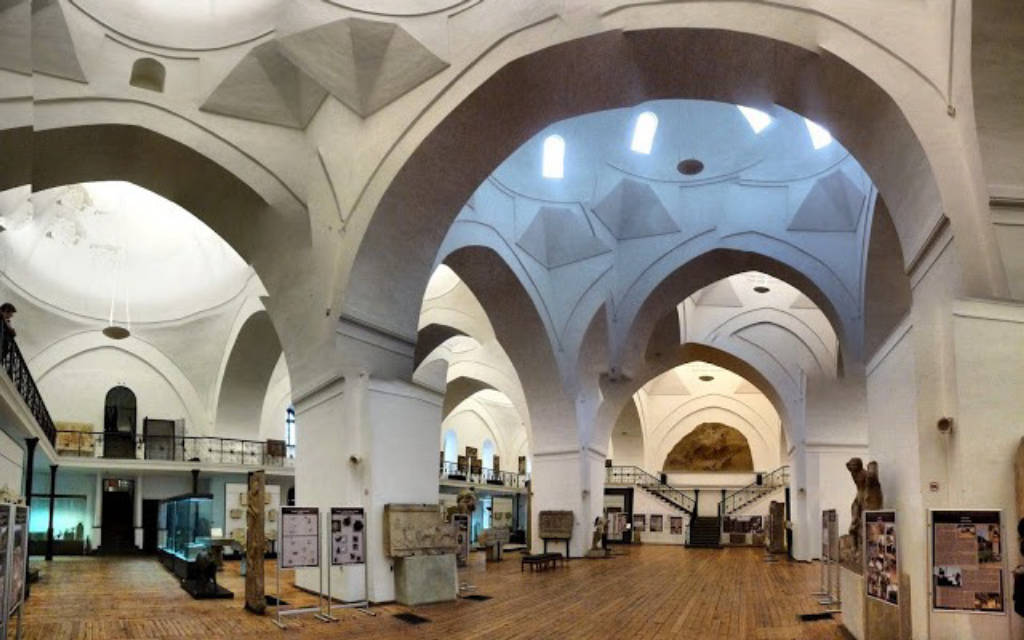
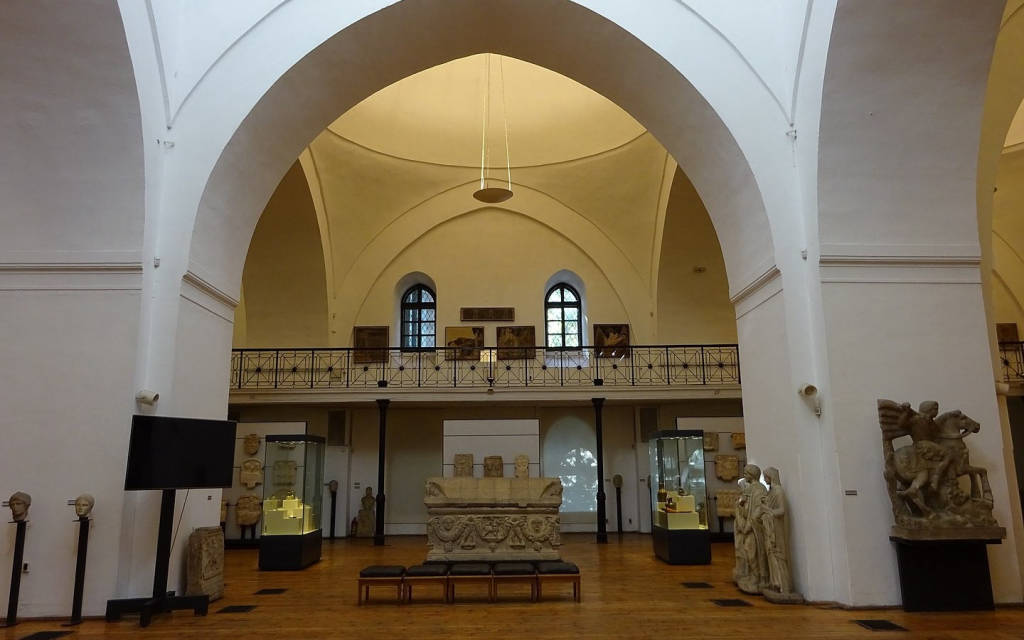
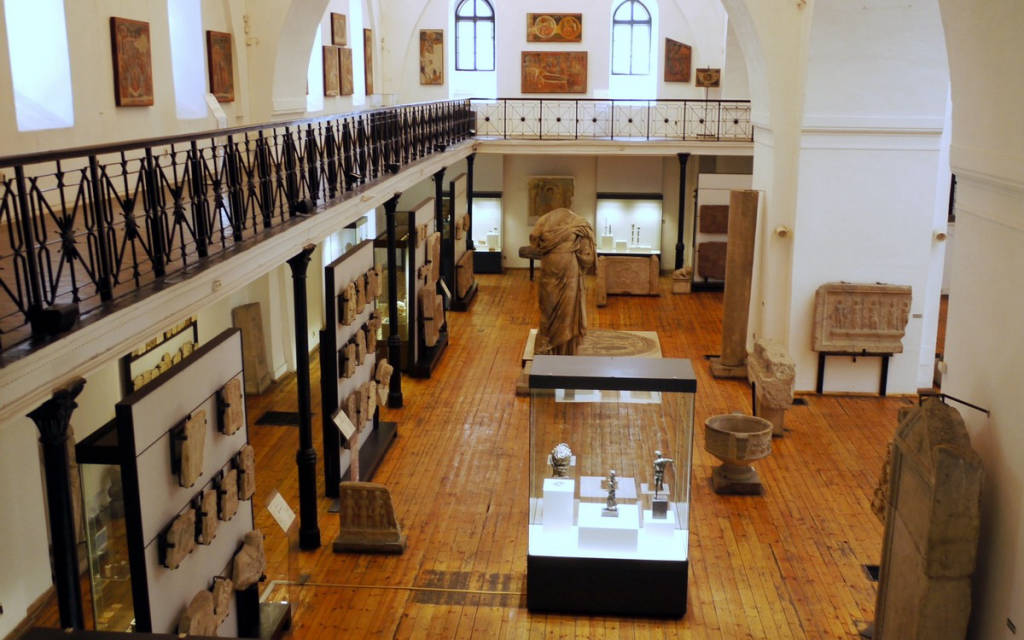
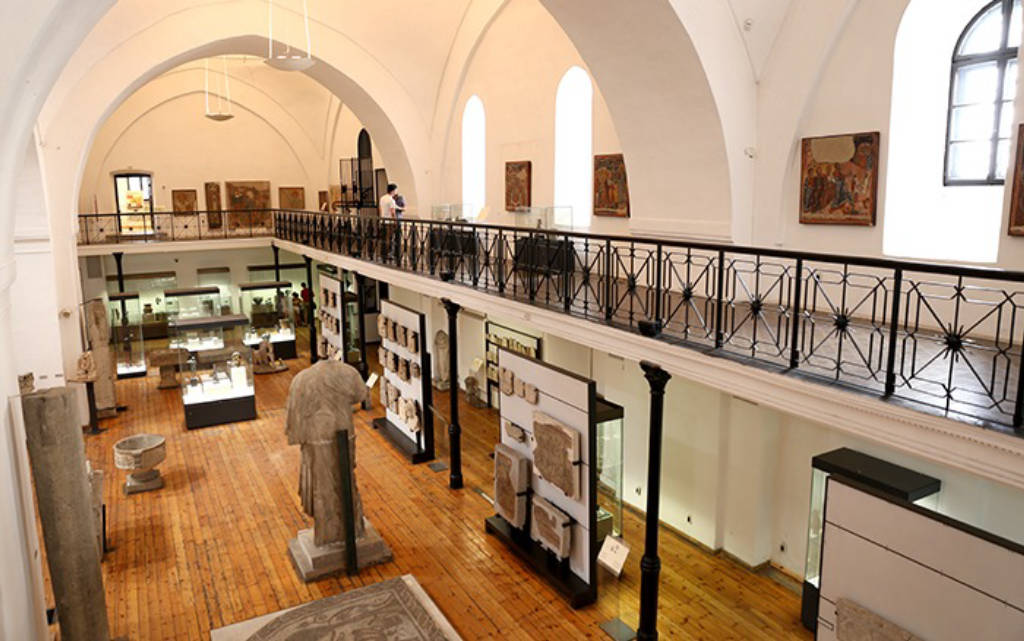
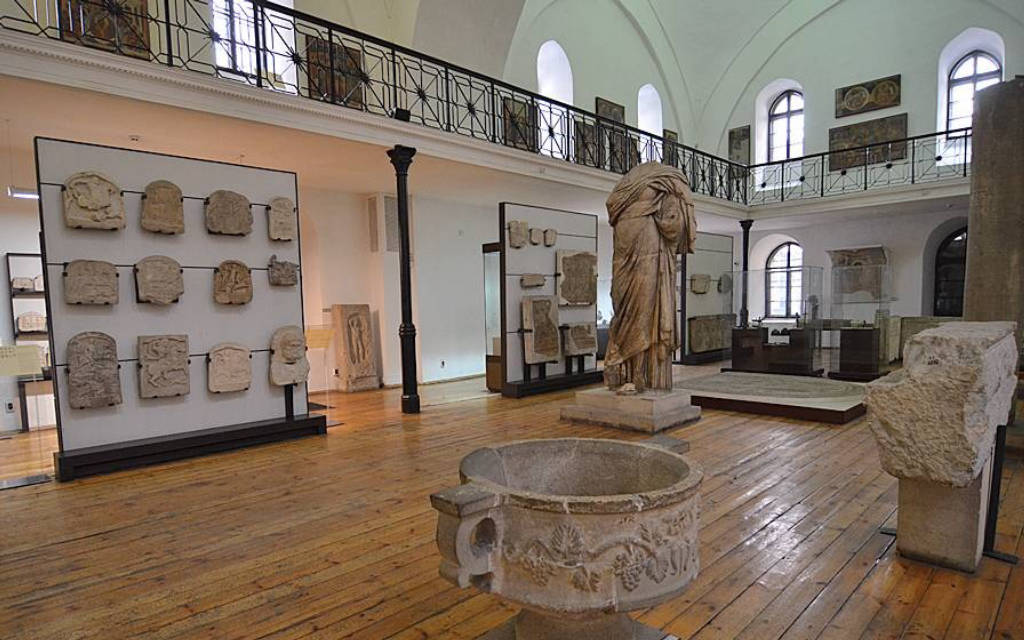
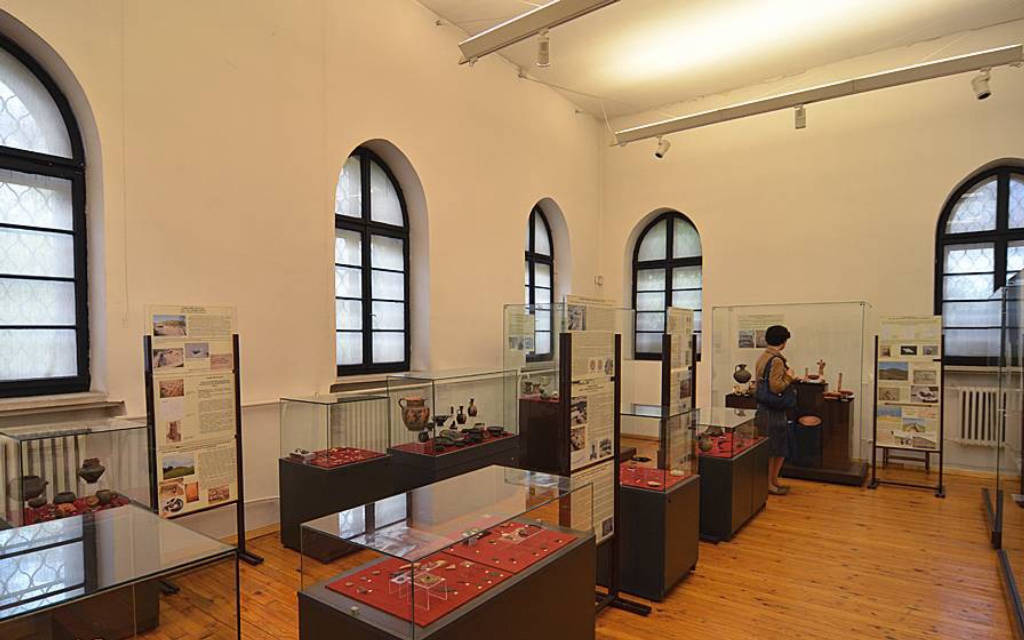







 2 Saborna Str., 1000 Sofia Bulgaria
2 Saborna Str., 1000 Sofia Bulgaria